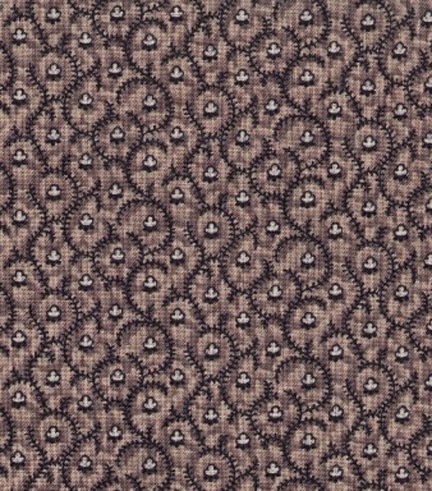"This account of Boylston, Massachusetts over three decades of wrenching change tells the dramatic story of how a social order that was founded by Puritans in the 17th century, and that managed to survive the upheaval of revolution and the creation of a republic in the 18th century, came apart unexpectedly in the course of a single generation during the 1820s and 1830s." Robert A. Gross, University of Connecticut.
The First Congregational Church in Boylston
White's diary and Fuhrer's book reveal how an antislavery quilt became the focus of dissension in Boylston as conservative and liberal groups argued over religion, slavery and women's roles. Although older than many of the women in the more radical group, White was an enthusiastic agent for change.
Mary Avery White (1778-1860)
Her diary is in the collection of Old Sturbridge Village
Her diary is in the collection of Old Sturbridge Village
Parts of the diary have been published on line, particularly events dealing with White's antislavery activism.
Fri [Oct] 4 [1839] ...I attended the lecture in the evening Caroline & myself assisted in getting the bed quilt at the Hall for the Antislavery cause.
See that link here:
http://www.teachushistory.org/second-great-awakening-age-reform/resources/mary-white-diary-entries-antislavery-activities
Mary Babson Fuhrer's book cover has the
image of this abolitionist cradle quilt with an antislavery poem.
It's attributed to Lydia Maria Child.
Collection of Historic New England.
An antislavery quilt by the women of Everettville.
See a post here:
But there was a split in Boylston and Boston too, primarily over how active churches should be in the antislavery cause. Divergent views became dissension. As Deborah Chapman recalled in a letter to her sister Ann:
"about the time of our fair....[a] Bed quilt was made up there [in Boylston] and quite a dreadful fight they had about it."
The Town Hall
Boylston
Two antislavery fairs were planned for Boston. To which would the quilt go? A member of one group was heard to say that if the quilt was intended to raise money at the other group's fair, "Every stitch which they set (and they had set a good many) should come out."
A fundraising fair in the 1860s,
raising money for the Union.
The story continues that the quilt went to the more radical Boston fair where it was purchased by William Lloyd Garrison himself. The Bolyston Female Antislavery Society split into two different organizations just like the Boston society.
Fuhrer's book is a great read for anyone interested in early 19th-century women's lives and New England society and religion.
























.jpg)

























